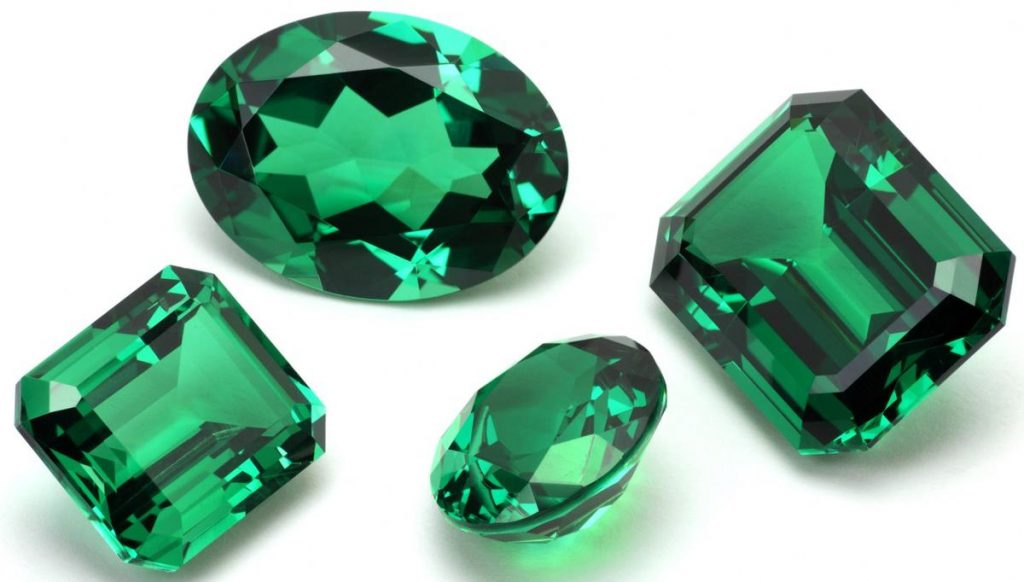How to Spot Gemstone Fraud

While it’s rare, unfortunately gemstone fraud does occur. Though most jewelers are respected professionals who take pride in their work, there are some dealers who will misrepresent their product or inflate the price for unsuspecting buyers. In this article, we’ll cover the basic fraud and misrepresentation techniques used by unethical sellers and how you can protect yourself. Keep reading to learn more.
1. Replacing synthetic for natural
Perhaps the most common fraud is selling or misrepresenting synthetic stones as naturally created ones. Because of this, it’s crucial to have the genuineness of a gemstone verified by an independent party. Today, synthetics contain many elements that are similar to their natural counterparts, like flaws and blemishes, so it’s important to use a well-trained tester with extensive experience. An independent gemologist or professional jewelry appraiser can be very helpful.
2. Simulated or fake stones
Unlike synthetic stones which emulate a gemstone’s color, physical properties and optical effects, a fake stone is little more than a piece of glass or plastic made to look like a gemstone. Though usually easily spotted by the naked eye, you should still have any piece you purchase inspected by a certified tester to ensure authenticity.
3. Heat Treatment
Subjecting certain stones to heating procedures can often affect or modify their color. For example, a heat-treated amber is enhanced with a darker color and highly desirable sunspots while a heated sapphire often exhibits a brighter and more valuable color.
4. Stone Radiation
Radiation techniques are used to change color, but if the technique is stable then it is not technically considered fraudulent. Radiation is allowable on diamonds (changes color), kunzite (darkens the color), pearl (produces blue and gray shades), topaz (changes the color to blue or intensifies other shades), tourmaline (intensifies pink and purple shades) and yellow beryl (adds yellow coloring).
5. Dying Stones
An ancient practice, dying stones is often a way of upgrading low-quality gems or turning a quartz like chalcedony into a “gem.” While dying is allowed, a dyed gem should always cost less than its natural counterpart.
6. Blackening
Using a sugar-acid chemical reaction, this technique creates black carbon which can blacken a stone and subsequently deepen and darken its color. For example, black opal and onyx are often faked using this method.
7. Waxing
By rubbing the stone with a tinted, wax-like substance, fraudulent sellers attempt to hide cracks and blemishes and therefore improve the stone’s clarity and color.
8. Oiling
Often used on emeralds, this process soaks the stone in oil to fill small cracks and improve color. While this is an accepted procedure, it will not withstand hot, ultrasonic cleaning or exposure to any solvents.
While fraudulent practices with gemstones often make them look better to the naked eye than “undoctored” pieces, a significant part of the value in authentic stones is their relative rarity and natural state. Though it may be tempting to purchase an expensive gemstone and simply hope an unfamiliar jeweler has been honest in his representation, you will risk your investment by skipping the all important step of engaging an independent appraiser.
About the author – For information on exquisite jewelry suggestions to help enhance your natural beauty, please visit jewelryadvance.com a popular site providing great insights concerning personal adornment ideas, such as John Hardy jewelry, cultured pearl necklaces, and many more!
